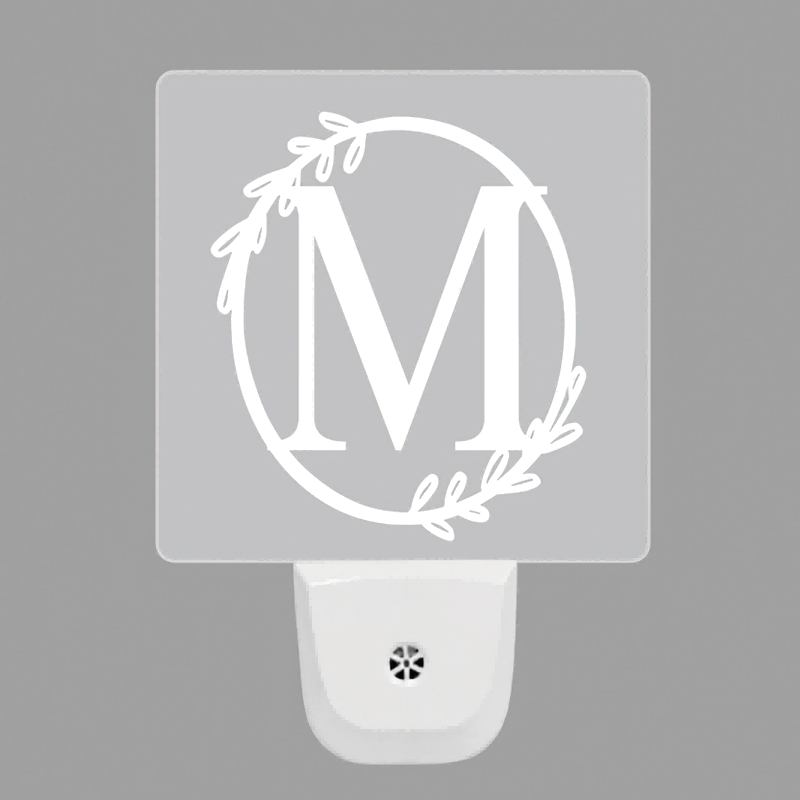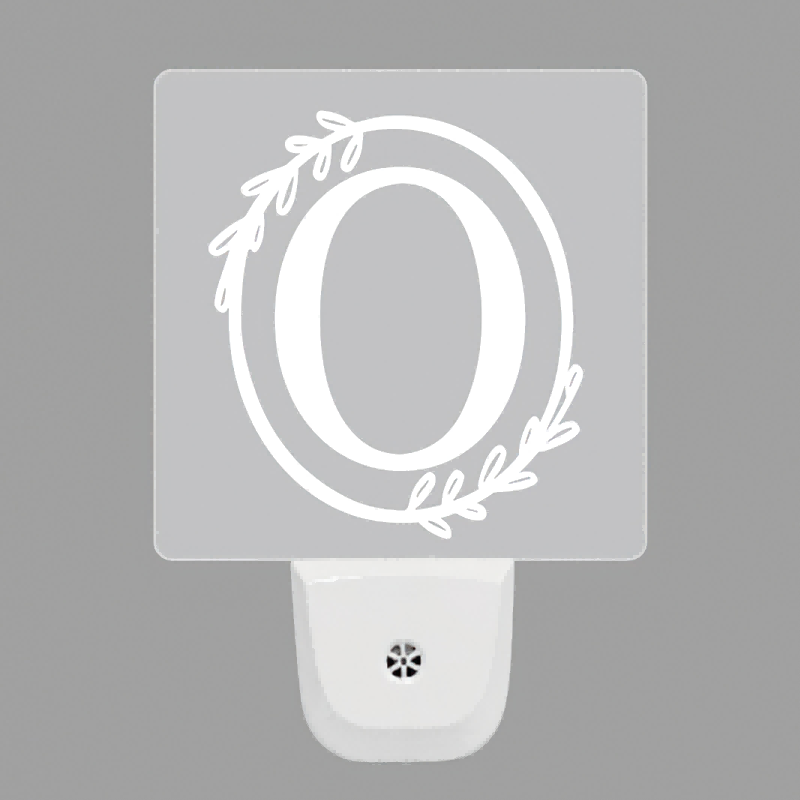Wandering into the luminous realm of LED technology, one finds themselves amidst the soft, gentle glow of the Plug In Led Night Light With Sensor. But beneath this radiance, a question lingers: do these lights produce warmth? And if so, how do they fare against the age-old, traditional incandescent counterparts?
Heat's Great Escape: The Tale of Dissipation
Dive deep into the anatomy of an LED Night Light, and you'll uncover intricate designs of heat sinks and cooling blueprints. Engineered to perfection, these mechanisms serve a crucial role. They cradle the LED chips, ushering away the heat they birth, guarding against their potential downfall to the wrath of overheating. A longer lifespan is but a bonus, a tribute to their impeccable design.
The Mastery of Energy Efficiency: A Dance of Electricity and Glow
The LED, or as enthusiasts would dub it, the Light Emitting Diode, shines not just literally but metaphorically too. Its prowess in transmuting electrical energy to a radiant glow is legendary. Little is left behind, lost to the abyss of heat. Thus, the warmth these Night Lights emit? Merely a whisper.
The Guardian of Safety: A Diminished Threat of Flames
Imagine a world, a room, where the Auto Sensor Night Light casts its glow. This beacon operates at such mild temperatures that the ominous threat of fire hazards seems almost mythological. Bedrooms, sanctuaries for little ones, or even spaces inhabited by the curious paws and tails of pets, all find a safer embrace in this reduced heat.
A Touch of Comfort; A Nod to Convenience
Then, there's the tangible. The gentle exterior of the LED night light beckons, cool to the touch, ensuring no surprises for wandering hands, be it of the young or the furry kind. Installation? A breezy affair, with fixtures that resist the lure of excessive heat, making the dance of setting them up a touch more graceful.

While LED night lights do produce some heat, it is typically within safe limits and should not cause any significant issues. However, it's essential to follow the manufacturer's guidelines and avoid placing the light in enclosed spaces with limited ventilation to ensure proper heat dissipation.








